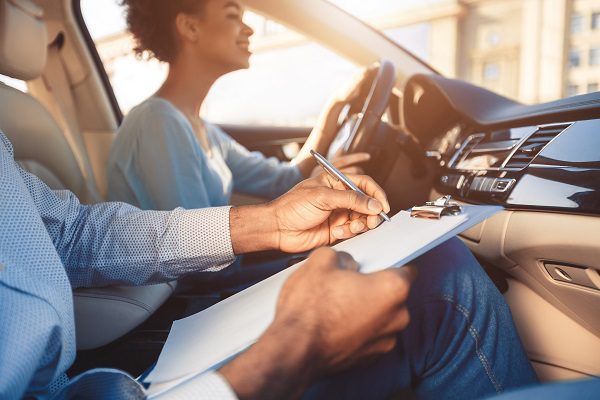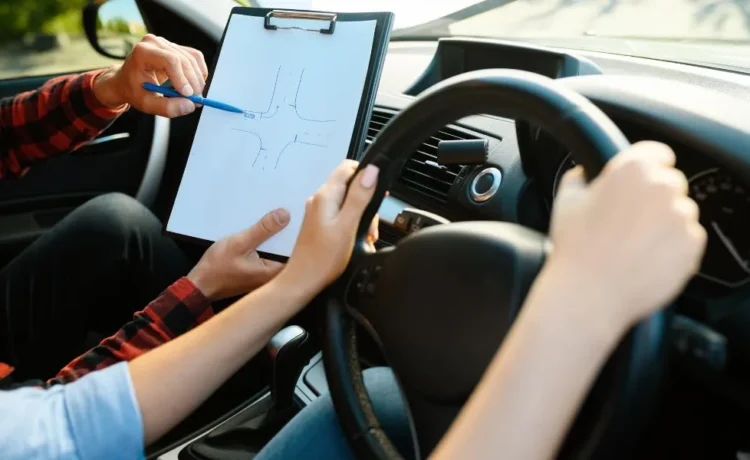Getting a Dubai driving license is a well-ordered process meant to guarantee the population’s safety on the road and the smooth performance of car-related tasks. The procedure is essential for those who want to drive a car in Dubai and know the steps. It entails the activity of adhering to certain conducts or procedures and doing certain exercises. It covers various procedures that have been professionally developed with the purpose of endowing drivers with sufficient and appropriate knowledge and skills. This article will explain the general guidelines on how to apply for a driving license in Dubai to ensure compliance with regulations.
How to apply under the criteria
The requirements for obtaining the Dubai driving license start with eligibility requirements. To be granted a private car driving license an individual has to be at least eighteen years of age. The participant must possess a valid residency visa in the UAE valid. In addition, individuals also have to get an eye test at an authorized optical centre. The test confirms the drive safety and effectiveness of the applicant. By meeting these requirements, you get a great start on the application process and lay the groundwork for a successful result.
Registering with a driving school
It is required by law that all new applicants, who wish to obtain a driving license, have to enroll with an accredited driving school in Dubai. These schools offer extensive education on the theoretical and practical aspects in an efficient, safe and cost-effective manner. Road safety, traffic regulations, and car driving skills are also taught as part of the curriculum. It also allows applicants to select a training package depending on their past driving experiences and their time constraints. This way, the applicants are optimally prepared for the required assessments whenever they attend the sessions and feel prepared as they proceed to the next step.
Theory and practical training
Dubai, consisting of theory classes, covers basic subjects like road etiquette, traffic signs and the laws that people have to follow as a driver. They then have to go through the theory test before they can move on to the practical training stage. Training in driving cars focuses on managing different conditions on the road, parking and driving cars via navigation. These sessions concentrate on safety, defensive driving techniques, and staying compliant with traffic rule-keeping. It trains learners to respond well regardless of traffic that’s heavy, bad weather, or other drivers’ learning.

Passing the required tests
It includes several tests for ascertaining the prevalence of the applicant in driving. When the teaching and training are completed, the candidates in the driving school are subjected to internal tests. This is accompanied by the RTA tests that include parking, yard and road tests. Passing these tests shows that the candidate is ready to drive on the road including handling it on his or her own. Candidates need to consider practice and readiness as the only ways through which their chances may be improved.
Getting the Dubai driving license
The final step is to get the Dubai driving license once the required tests are completed. The Emirates ID, passport copy, the residency visa and the training records have to be provided by candidates to the RTA. The individual is verified and the license is issued after which one legally is entitled to drive a car in Dubai. If you follow these steps carefully, the sailing through an application process will be smooth and efficient, allowing them to achieve their driving records.
To acquire a Dubai car driving license, you need to make preparations, make commitments, and follow the rules. If individuals adhere to these outlined steps, they will be able to achieve their aim of legally driving in Dubai, which secures the road and the car driving activity, supporting a safer road environment. Not only does this help the individual, but it is also beneficial for improving overall road safety standards. It also encourages safe car driving practices that decrease the number of accidents and negative traffic violations.

